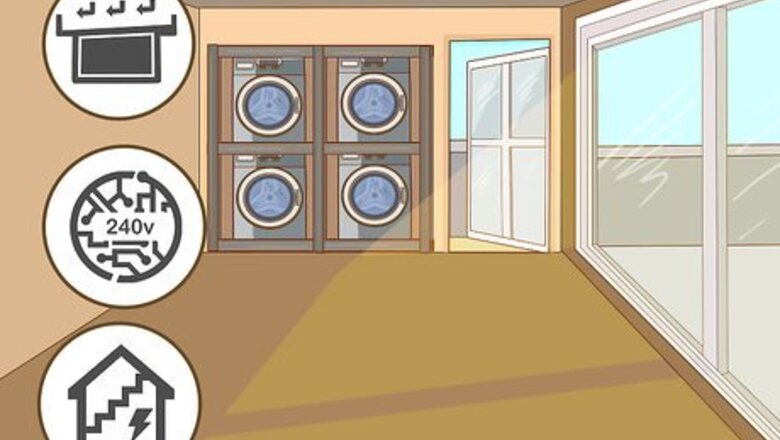
views
Renting Appliances for an Apartment Community
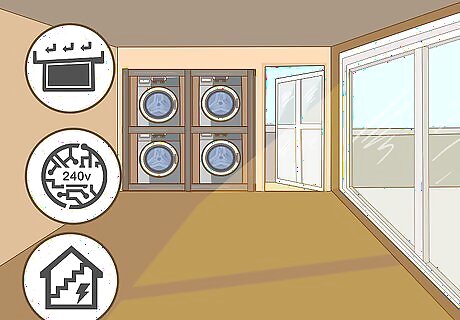
Set up a laundry area. Prepare a space in a basement, roof deck, or other place that all tenants have access to. Check that the laundry area has the proper hookups necessary for installing the appliances. Washers usually need specific plumbing lines, and dryers need either a 240-volt circuit (for electric models) or a dedicated gas line (for gas dryers) as well as outside-facing vents. Make sure the laundry room is well-lit and visible so residents feel safe there. If possible, put it near an elevator so residents don’t have to haul laundry baskets up and down stairs. If there are no common spaces in your building large enough for a laundry room, you could have a small closet on each floor that houses the washer and dryer. Alternately, you could rent machines to be installed in each unit in the building.
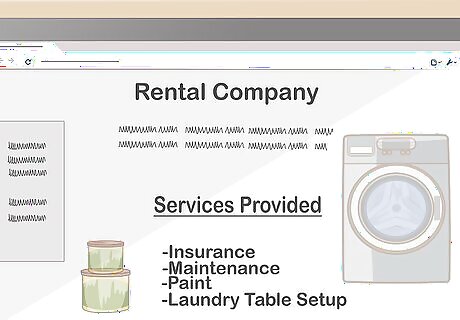
Choose a rental company that provides all of the services you need. In addition to renting out machines, several vendors can provide a full range of laundry room services. If you tend to be a do-it-yourself type person, and are comfortable with basic appliance repairs, then you can probably save money by maintaining the machines yourself. If you’d rather be more hands-off, find a company that will maintain the washers and dryers and collect coins from the machines. Some companies will even paint your laundry room and set up laundry tables. These extra services usually require a larger chunk of the laundry room profits. Make sure you understand your rental agreement. The laundry vendor should include you and your property under their insurance, and the contract should clearly spell out who is liable for damage to the machines as well as any appliance-related damage to your property.
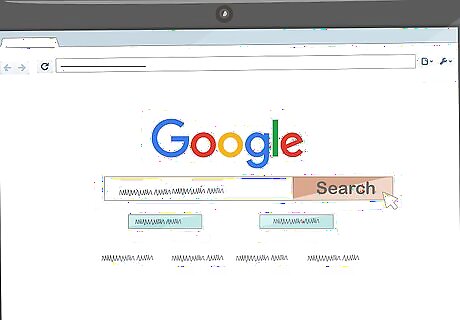
Find someone who can properly install the appliances. Often the company that you rent from will offer installation services. Alternately, check your local yellow pages or do a Google search to find a local contractor who has knowledge of the proper plumbing and electrical wiring needed to hook up the washer and dryer. Don’t try to install the machines yourself unless you have the proper expertise. Landlords are responsible for maintaining the safety of the common areas in their buildings, so if you hook up a washer improperly and someone gets injured as a result, you could be held liable.
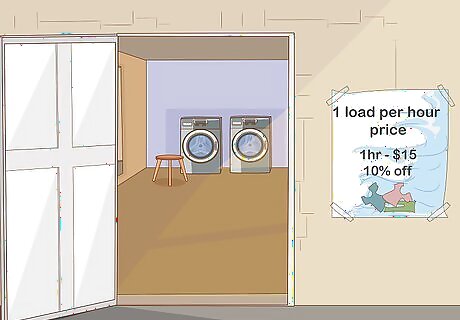
Offer use of the appliances at a fair price. Tenants likely won’t expect high-end appliances unless the apartment unit is an expensive one. If the machines you’re providing are lower-end models, however, you shouldn’t charge as much to use them. If the rented washer and dryer are in-unit, or if tenants are otherwise expected to pay the water bill, don’t have a coin-operated machine. These types of machines are more typical in a shared laundry room in a multi-unit building.
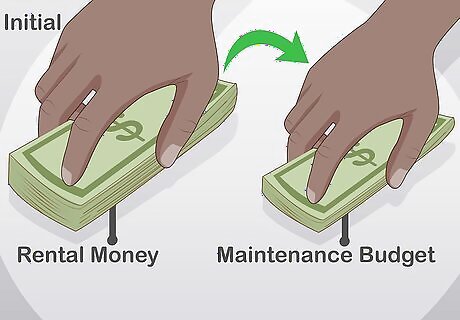
Include the cost of the appliances in your budget. Set aside some of the rent money you take in to pay for the washer and dryer rental fees, as well as any possible repair or replacement costs. If the machines are coin-operated, you may be able to bring in enough money to pay for their upkeep and create additional revenue for your property. If the washer and dryer is in the tenant’s unit, and you want them to be responsible for repairs, make sure that is clearly spelled out in the lease.
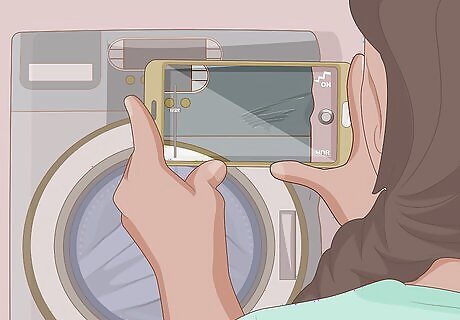
Inspect the washer and dryer regularly for damage. Water damage is a very expensive problem that many landlords deal with. Tenants are likely to speak up if a washer is completely broken, but may not let you know if it’s leaking while it runs. Walk through the area regularly to look for potential problems. Note and take pictures of any scratches, dents, or other damage, and save these for your records. If the washer and dryer are in-unit, consider adding a stipulation into the lease that you or someone from your company will stop in every 6 months to inspect them. Make sure to give your tenants advance notice before entering as required by local laws.
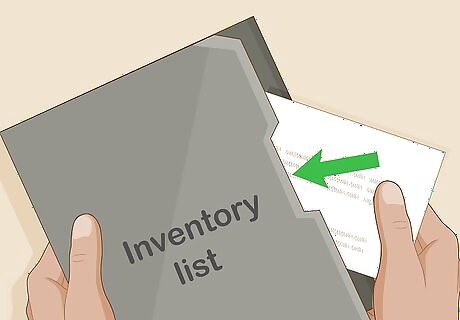
Create an appliance inventory list to track maintenance. Collect all of the details of renting and maintaining each washer and dryer together in one document. Save information from the original rental agreement, as well as any information related to repairs or inspections. Using a free website or app such as Evernote or Google Drive can be useful for collecting this information. You can save all files and lists relating to your washer and dryer in one place. You can also take a photo of the manufacturer’s sticker, which should contain the model and serial number. Taking multiple time-stamped photos of each appliance is also helpful in case someone breaks them. You can more easily assess new damage, and may be able to use the photos in court in case a tenant breaks or steals a machine.
Leasing a Washer and Dryer for Your Home
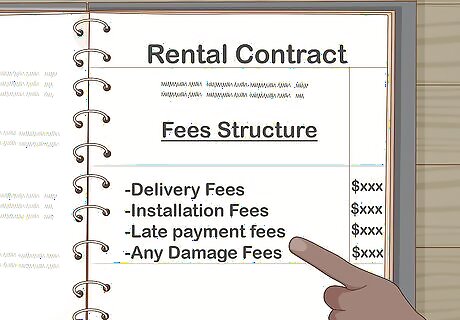
Know that renting-to-own is more expensive than buying outright. When renting an appliance, you might pay a relatively cheap monthly or weekly rate for as long as you are using it. But these payments are often stretched out over several months or years, and can cost you several times what you would otherwise pay when buying outright. Look over your rental contract to know what additional fees you might be charged. For example, you may have delivery and installation fees, fees that need to be paid if the washer or dryer is returned damaged, or late payment fees if you’re behind on a bill. The advantages of renting might be worth the extra cost. It can be worthwhile if you only need a washer and dryer temporarily while you’re waiting on other machines to be repaired, or you want to try out a model before you buy it. Many rent-to-own appliance stores allow you to rent a washer and dryer without undergoing a credit check, so if you have poor credit and buying a washer and dryer on an installment plan isn’t an option, renting may be a better option.
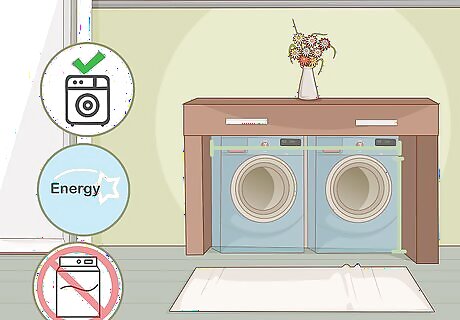
Choose a washer that fits your space and lifestyle. Measure your space, and find a model that will fit securely. If you’re not putting the washing machine in a basement, then make sure the floor is reinforced to hold the weight of the washer. If you want to conserve water and electricity, invest in a front-loading machine with an Energy Star rating, which will help you conserve. If you have a larger family or go through a lot of laundry, find a machine with a large tub capacity so that you can do larger loads. Top-loading machines are usually the cheapest, but they are louder and use more energy. If you’re low on space, consider buying a washer and dryer set that stack on top of each other. Make sure to install them properly and brace the appliances with a stacking kit, so that the top appliance won’t fall off when the machines are in use.
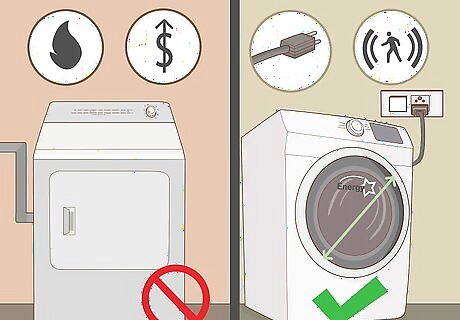
Find an electric dryer. If you’re only renting a dryer temporarily, you’ll probably want to choose an electric model over a gas one, as these are simpler to install and maintain. Gas-powered dryers tend to cost more and require a dedicated gas line. If you typically do multiple loads of laundry consisting of different clothing types, consider getting a dryer with multiple different specialty cycles to choose from. To save energy and time, find a dryer with a moisture sensor. This feature helps the dryer detect when your clothes are dry and will stop the cycle, conserving electricity and preventing over-drying your clothes. Find a dryer that has a slightly bigger capacity than your washing machine, since clothes expand as they dry and will take up more room.
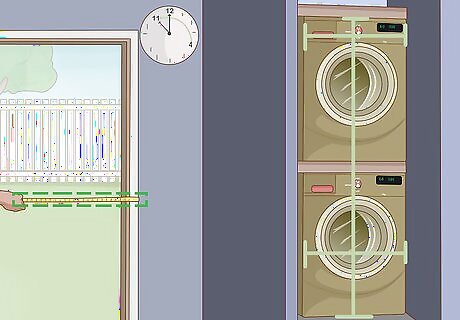
Schedule delivery of your rental washer and dryer. Remove any unnecessary items, such as the old washer and dryer, from the laundry area before the delivery time. You’ll also want to make sure the washer and dryer will fit through doorways and stairwells — measure the passageways in your home ahead of time with a tape measure, and match these with the provided measurements of your appliances.
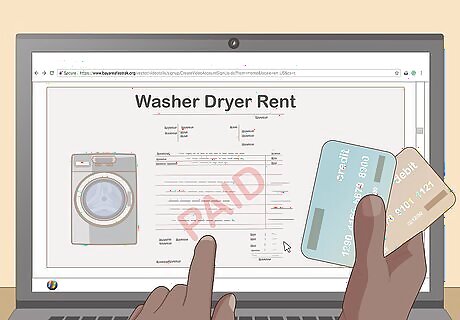
Pay for your washer and dryer weekly or monthly. Pay your bills on time, or you may be charged a late fee or have the appliances repossessed. During the rental period, most repairs should be covered by the company you’re renting from, but check your contract to make sure.




















Comments
0 comment